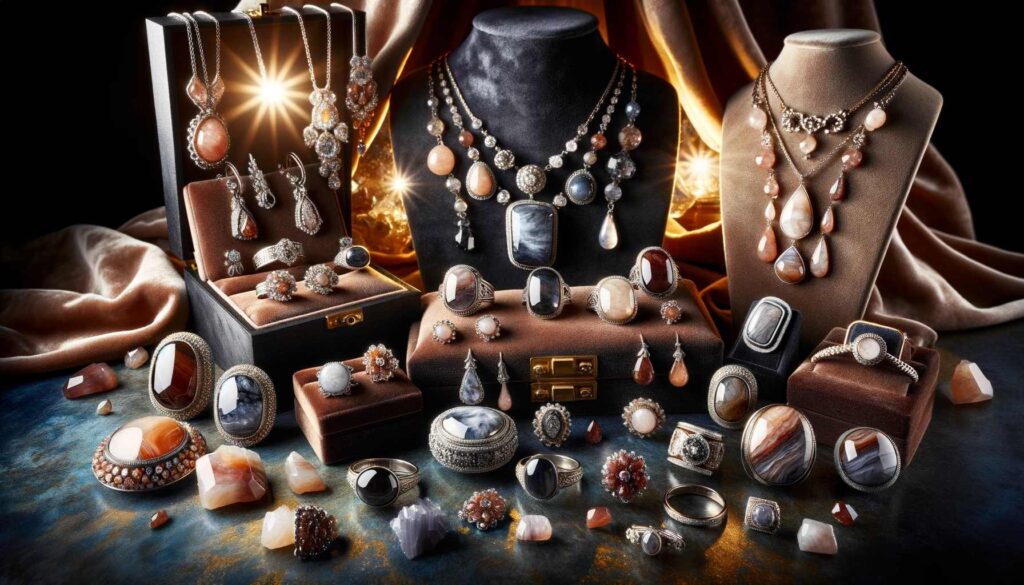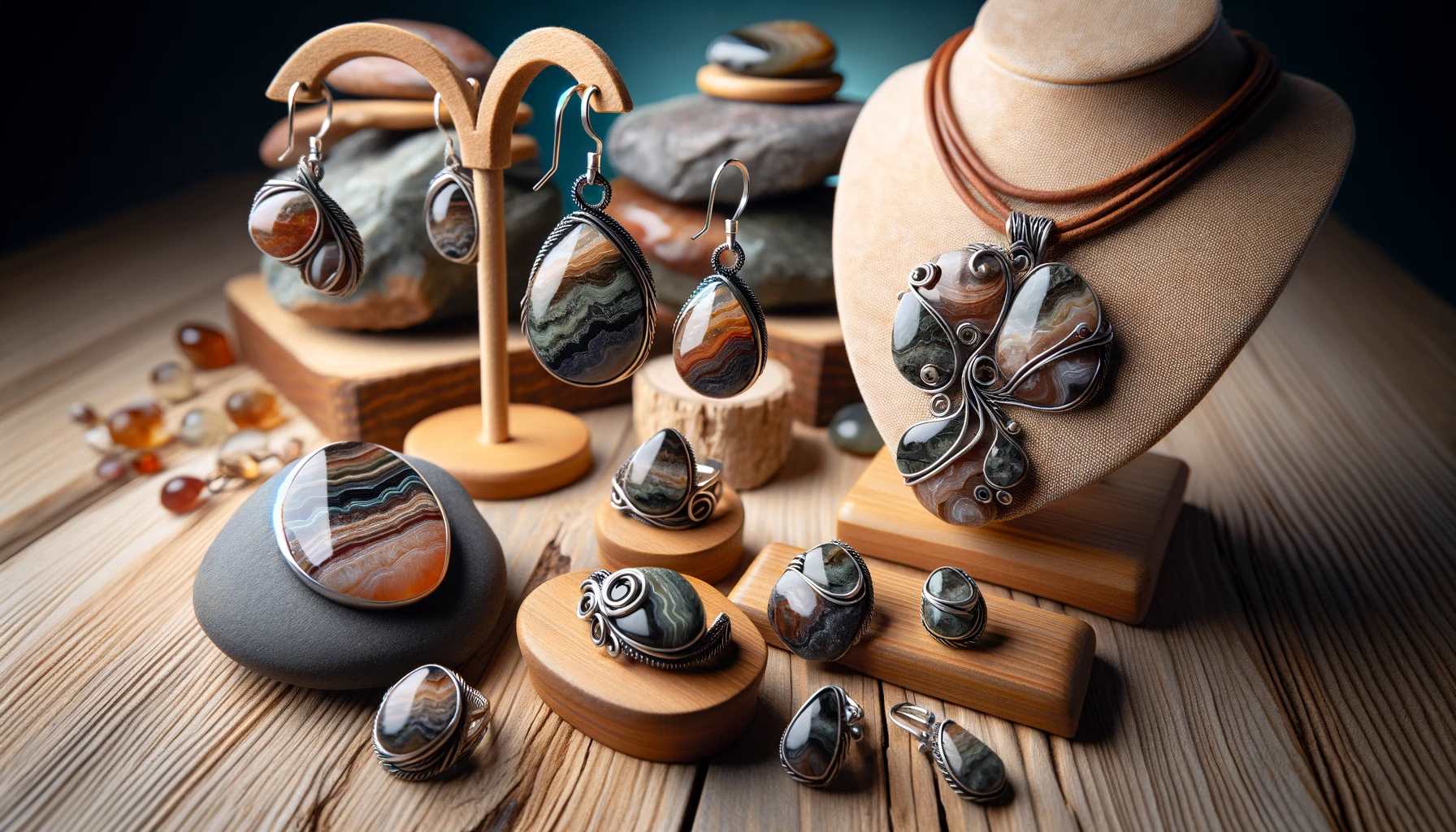This post contains affiliate links.
Rock tumbling, a hobby once cherished primarily by geology enthusiasts, has evolved into a lucrative venture for many. This transformative process of turning rough rocks into polished gems not only offers a meditative escape but also paves the way for creative jewelry making, potentially generating extra income. In this comprehensive guide, we explore the art of rock tumbling for jewelry creation, delving into its basics, benefits, and business prospects.
What is Rock Tumbling?
Rock tumbling is a process that mimics natural stone smoothing. It involves placing rough rocks in a rotating drum with abrasive grit and water. Over time, the friction and impact smooth and polish the rocks, transforming them into beautiful, lustrous gemstones. This process can take several weeks, depending on the rock type and desired finish.
Choosing the Right Equipment and Materials
To begin rock tumbling, you need a rock tumbler, which comes in two main types: rotary and vibratory. Rotary tumblers are more common for beginners due to their simplicity and effectiveness. Additionally, you’ll require rough rocks, which can be sourced from local riverbeds, beaches, or purchased online. The tumbling process involves different stages of grit, from coarse to fine, and finally a polishing stage, each contributing to the stone’s final appearance.

The Tumbling Process
The tumbling process consists of four main stages:
- Rough Grind: Using coarse grit to knock off the rough edges.
- Medium Grind: Smoothing the stones with medium grit.
- Fine Grind: Achieving a smoother surface with fine grit.
- Polishing: Giving the stones a shiny finish.
Each stage typically lasts about a week, and it’s crucial to maintain the right balance of rocks, water, and grit in the tumbler.
Selecting Rocks for Tumbling
Not all rocks are suitable for tumbling. Ideal candidates are agates, jaspers, quartz, and other hard rocks. Soft or brittle stones may disintegrate during the process. It’s also essential to choose rocks of similar hardness for each tumbling batch to ensure uniformity in the polishing process.
Creating Jewelry from Tumbled Stones
Once the stones are polished, they can be transformed into various jewelry pieces. Popular options include pendants, earrings, rings, and bracelets. Techniques like wire wrapping, drilling, or setting the stones in pre-made mountings allow for creative and unique designs.
Selling Handmade Jewelry for Extra Income
With the rise of online marketplaces like Etsy, eBay, and Amazon Handmade, selling your rock-tumbled jewelry has never been easier. Creating a brand, taking quality photographs, and writing enticing product descriptions are key to attracting customers. Additionally, participating in local craft fairs and markets can provide direct sales opportunities.
Marketing Your Creations
Effective marketing is crucial for success in selling handmade jewelry. Utilizing social media platforms, creating a blog, or building a website can significantly increase your visibility. Engaging content that tells the story behind your creations adds a personal touch that customers appreciate.

Benefits of Rock Tumbling and Jewelry Making
Aside from the potential income, rock tumbling and jewelry making offer several benefits:
- Therapeutic Value: The process is meditative and stress-relieving.
- Creativity Boost: Designing jewelry enhances creativity and artistic skills.
- Educational Aspect: It provides a practical understanding of geology and mineralogy.
- Environmental Friendliness: Natural stones are sustainable materials for jewelry.
Challenges and Solutions
While rock tumbling for jewelry making is rewarding, it comes with challenges such as initial equipment costs, time investment, and learning the craft. However, these can be mitigated by starting small, seeking guidance from experienced tumblers, and gradually scaling up your business.
Conclusion
Rock tumbling, more than just a hobby, offers a unique avenue to create stunning jewelry pieces that can generate extra income. With patience, creativity, and effective marketing, anyone can turn this fascinating craft into a profitable venture. So, why not start tumbling your way to success?
This post contains affiliate links.

